Main picture: 'Portrait of Robert Southey (1772-1843)' by John Opie (1761-1807), reproduced with kind permission of Keswick Museum.
The UK's regional museums are vital to local economies and identities and to promoting education and well-being. The COVID-19 crisis has meant the challenges they face have increased significantly, especially through the temporary closure of their premises and the furloughing of many of their staff.
But with physical doors closed at one museum in Cumbria, the Keswick Museum, another 'virtual' door has opened thanks to researchers in the University of Nottingham's School of English who are now expanding the museum's presence online.
Just before the pandemic hit, Professor Lynda Pratt and Dr Charlotte May had begun work on an AHRC-funded project to promote the Museum's important and under-used collections relating to the controversial nineteenth century Poet Laureate and historian Robert Southey (1774-1843).
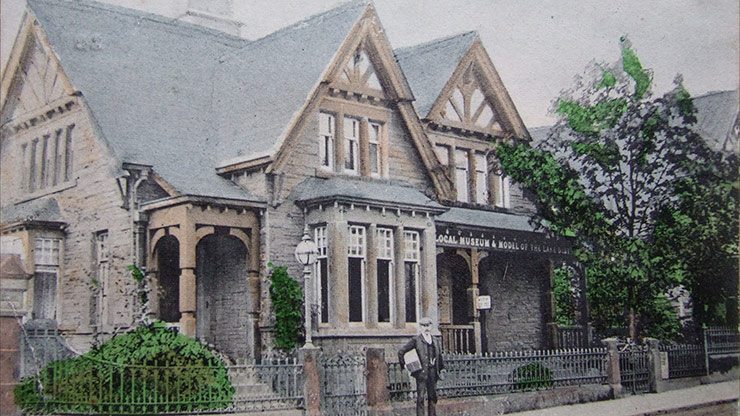
The Covid-19 lockdown has presented an opportunity to take this collaboration in a new and exciting direction. To maintain an active public presence, the Museum asked Charlotte to run a 'Southey Residency' on its Facebook and Twitter accounts, producing regular posts to showcase unique and interesting items from the Museum's collections. The 'Residency' began on 1 April and to-date has generated over 50 posts and had thousands of views across Facebook and Twitter. Charlotte has also used the new role to reach out to other heritage organisations and extend the Museum's networks.
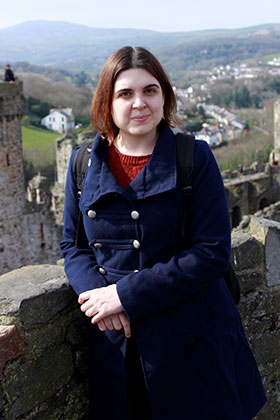
Charlotte said: "The social media residency has provided us with a significant opportunity to share information on Robert Southey and his times with diverse online audiences. We have also made important new connections with other heritage organisations, including the Wordsworth Trust and Newstead Abbey, that hold collections relating to Southey's contemporaries, sharing resources and information to create sustainable networks for Keswick Museum and extend the project's range."
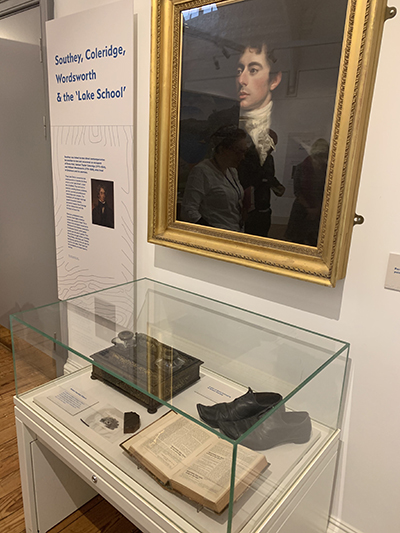
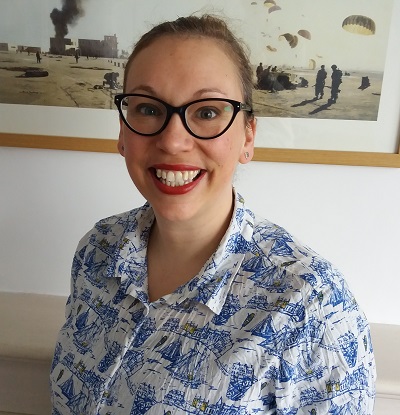
Keswick Museum's Manager, Becks Skinner, said: "Projects always change from what we envisage in planning, but no one a few months ago would have thought Keswick Museum would be closed for months just as we were starting a project to engage people with Southey. Keswick Museum is going through one of its biggest challenges, but with the team at Nottingham we have been able to continue to spread the knowledge of Southey, engaging new audiences as well as providing a link to our volunteers at home. Working with the team has allowed our Museum to tap into expert knowledge and discover new aspects about our collection."
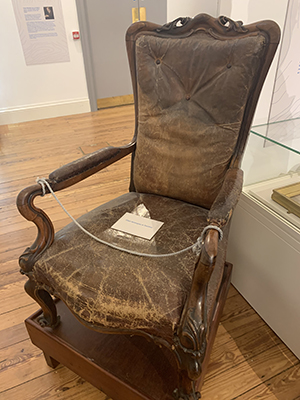
The Robert Southey project draws on a large-scale, open access research resource funded by an earlier AHRC award - The Collected Letters of Robert Southey. This provides invaluable and new insights into late eighteenth and early nineteenth century Britain and the letters' accounts of how individuals and societies dealt with disease are particularly resonant in 2020. In this letter, Southey records the devastating impact of the 1803 influenza epidemic on his household: 'We have had sickness at home meantime. this contagion has reached us – I was somewhat severely attacked – our servant – Tom – Edith & the child have all had their share – & we are all recovered or on the recovery. but it has seized an old Lady here whom for years I have loved as tho she had been of my own family – the mother of my friend Danvers – & she is hopelessly ill – there is no possibility of her recovery.'
You can find out more about the 'Residency' and follow the regular updates on Keswick Museum's Facebook and Twitter pages.






